What To Know About Buying an SRO
In New York City, single room occupancies are almost as much of a local institution as Katz’s pastrami and the Coney Island Cyclone.

In New York City, single room occupancies are almost as much of a local institution as Katz’s pastrami and the Coney Island Cyclone. There are good reasons for homebuyers who are not professional investors to know what an SRO is, how to identify one, and the risks of accidentally or intentionally buying one.
What is an SRO?
The official definition of an SRO in the City of New York is a unit comprising one or two rooms that “lacks a complete kitchen and/or bathroom or shares them with other units,” to quote NYC code. In New York City, SROs maintain a unique, limbo-like status in which they cannot be created but they can be maintained. For insight on what this means for a potential homeowner, read on for the nitty gritty details of what to know before buying that oh-so-NYC housing type.
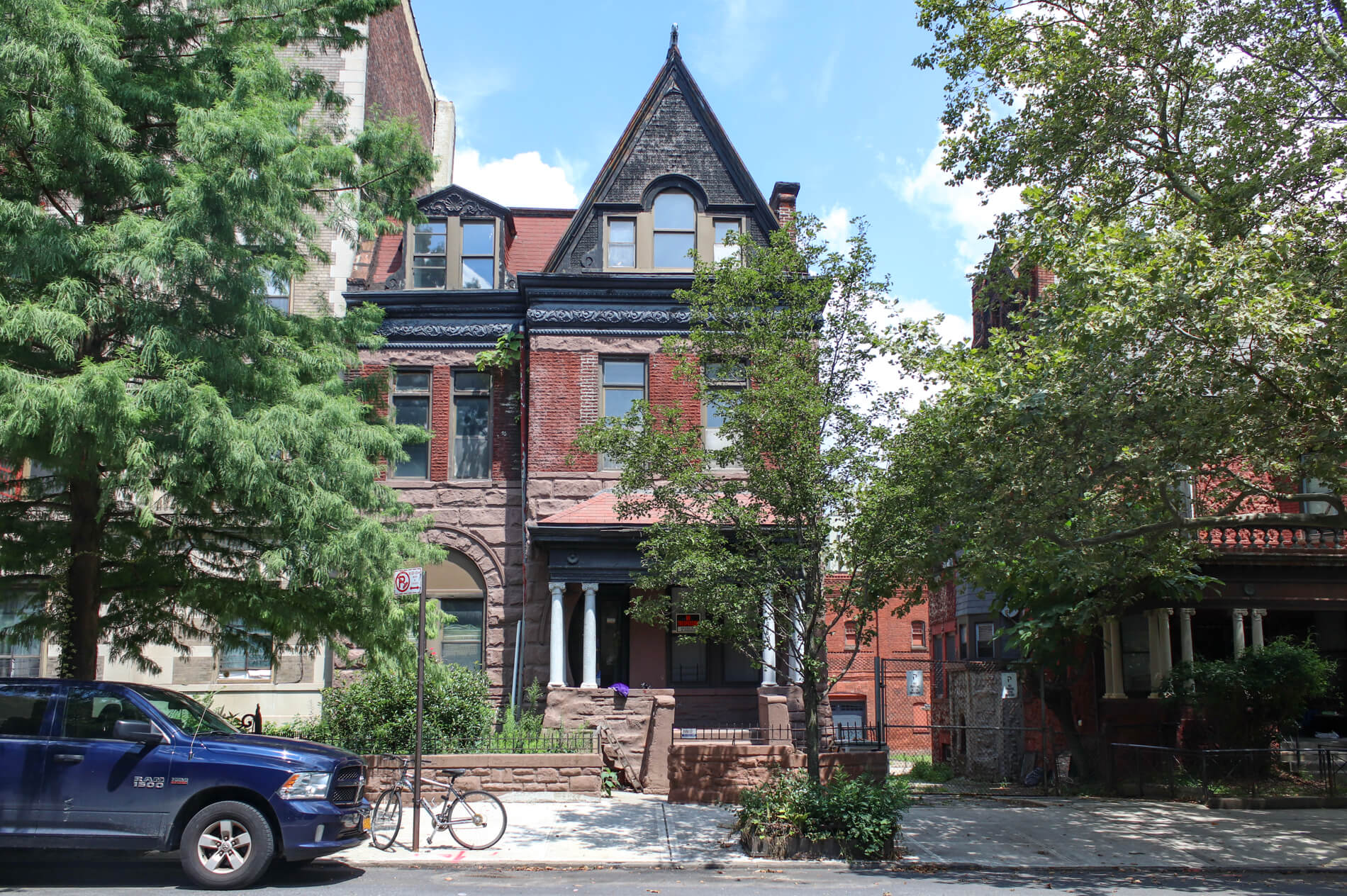
Why would anyone want to buy an SRO?
Traditionally, buildings with SRO units have sold at a discount, for good reason. They are commercial properties with rent stabilized units. Naive house hunters may like the price or the building and not realize what they’re getting into. As well, increasing numbers of buildings with SRO units are coming onto the market as flips with certificates of non-harassment.
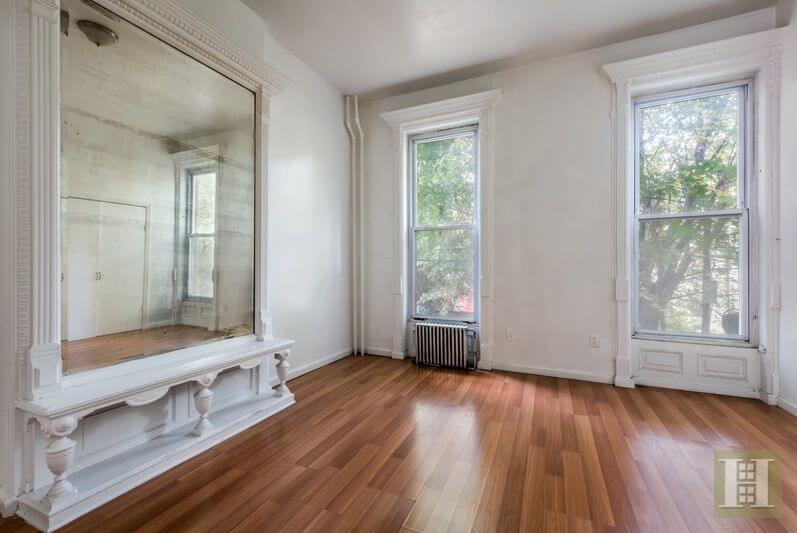
And why not?
A building with SRO units is commercial property and cannot be financed like a regular residential property. Likely a buyer will need all cash, a renovation loan or, possibly, a commercial loan. Such loans are likely to have higher down payment requirements and higher interest rates than a regular residential mortgage.
The SRO units are rent regulated, which means that ordinarily the tenants cannot be evicted and the building cannot be altered. If an owner wishes to keep the building as it is, they must register with HPD each year and follow New York City rent regulation rules.
If the occupancy and use of the units have been illegally altered without the proper permits and procedures, the building cannot be rented out. As well, should an owner wish to change occupancy and use, they may be liable for prior violations even before they owned the building.
To change the use and occupancy of the building, the owner must obtain a certificate of non-harassment from HPD before applying to the DOB for a permit. How long this process can take and how much it will cost is unpredictable, but anticipate at least a year and potentially thousands of dollars for tenant payouts.
Even with a certificate of non-harassment and completed renovations with permits signed off, applying for and receiving a new certificate of occupancy typically takes at least a year. Conformance to new building codes and sprinklers may be required.
And as with any major construction, taxes could go up.
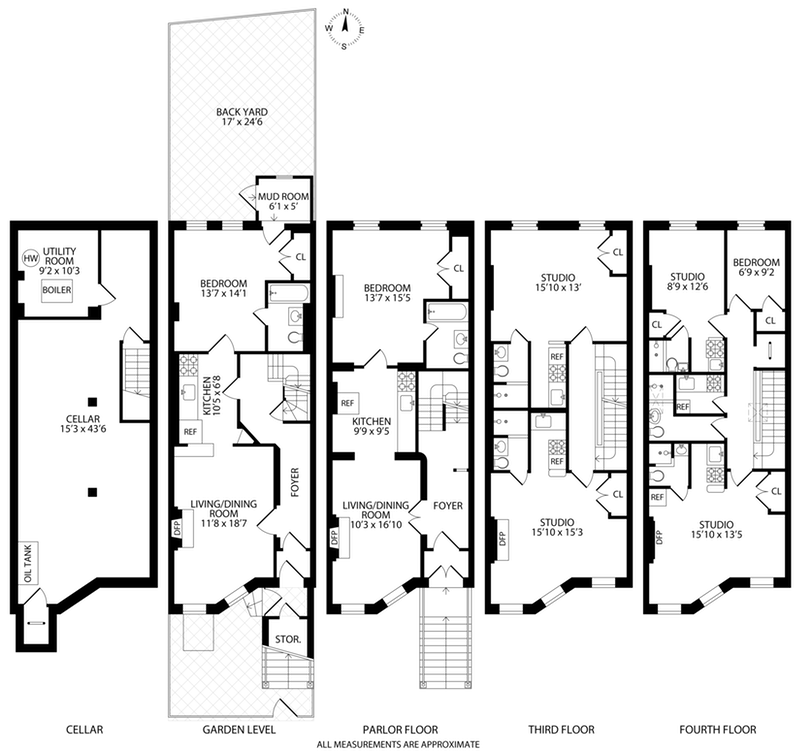
Financing an SRO
If you are financing the purchase of an SRO with a commercial loan, the endeavor needs to be approached as a business. Are you going to keep it as an SRO or rent it out? Will it be a single-family or are you looking to create multiple units? A significant down payment may be required, the amount dictated in part by what the building generates in income from any current rent roll.
Seller financing is a possibility, especially in situations where the seller wants to move on with money fast. While banks often won’t allow it, sellers can finance, and may even require no money down. However, “in my experience, seller financing is more expensive than traditional financing,” said Citizens Bank Sales Manager Adam Dahill. Should a buyer reach out with the goal of converting an SRO to a multi-family or single-family dwelling, “We can do that for you. It would be an acquisition loan, and part of the renovation process would be the legal change of the certificate of occupancy,” he said. Another option is to seek out a loan from a commercial bank.
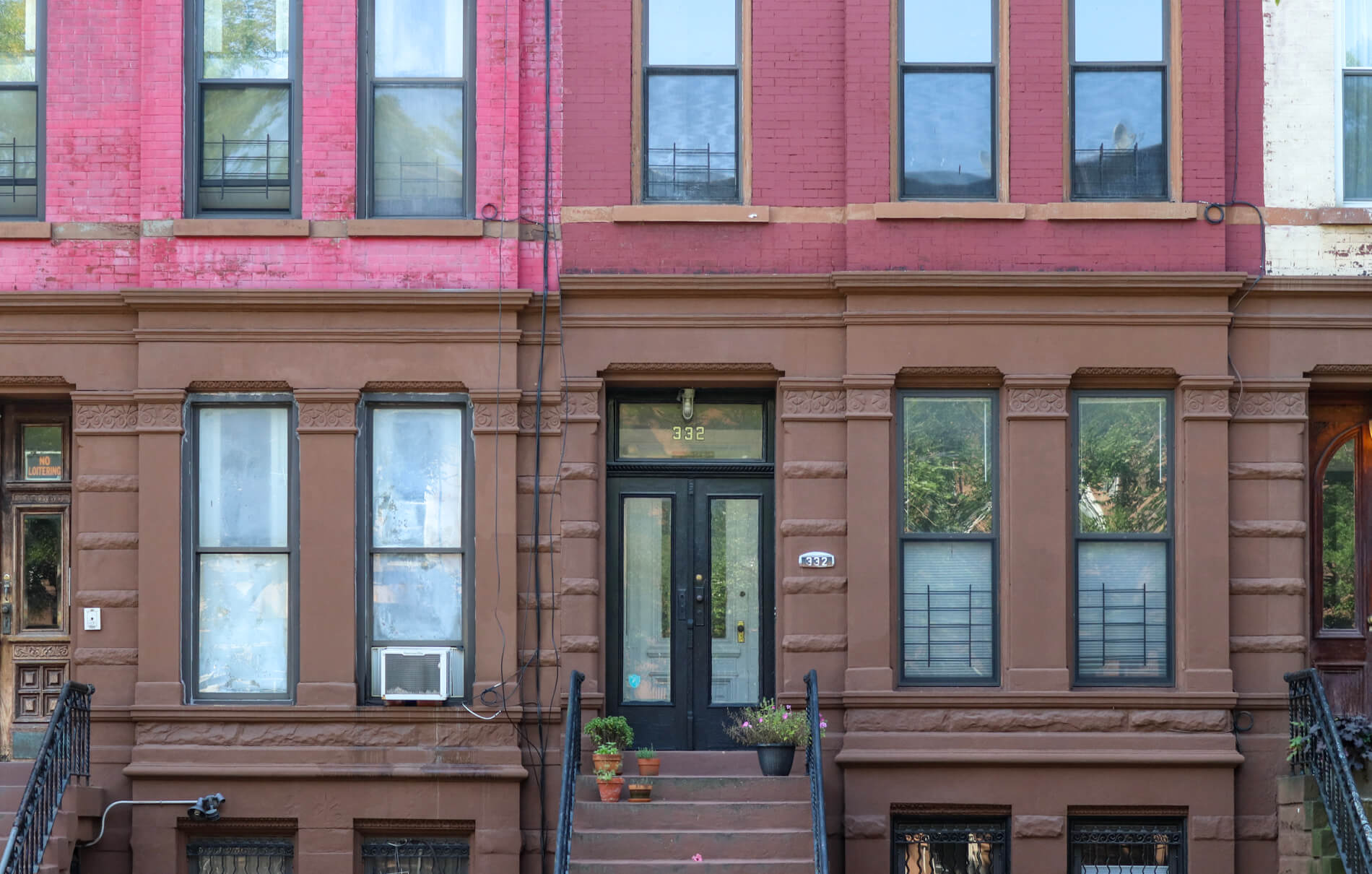
Converting an SRO
When converting an SRO, don’t expect to go it alone. At the very least, you will need to retain an attorney and an expediter or code consultant to change the certificate of occupancy if no physical renovations are planned. If the scope of work is bigger, plan accordingly. “Before buyers move forward they want to be consulting with an architect who has on his team an expediter with detailed understanding of what it takes to get the conversions done and also an engineer to evaluate the structural condition of the building,” says architect Eric Schiller. The expediter will focus on helping surmount the many hurdles presented by the Department of Buildings for this kind of process.
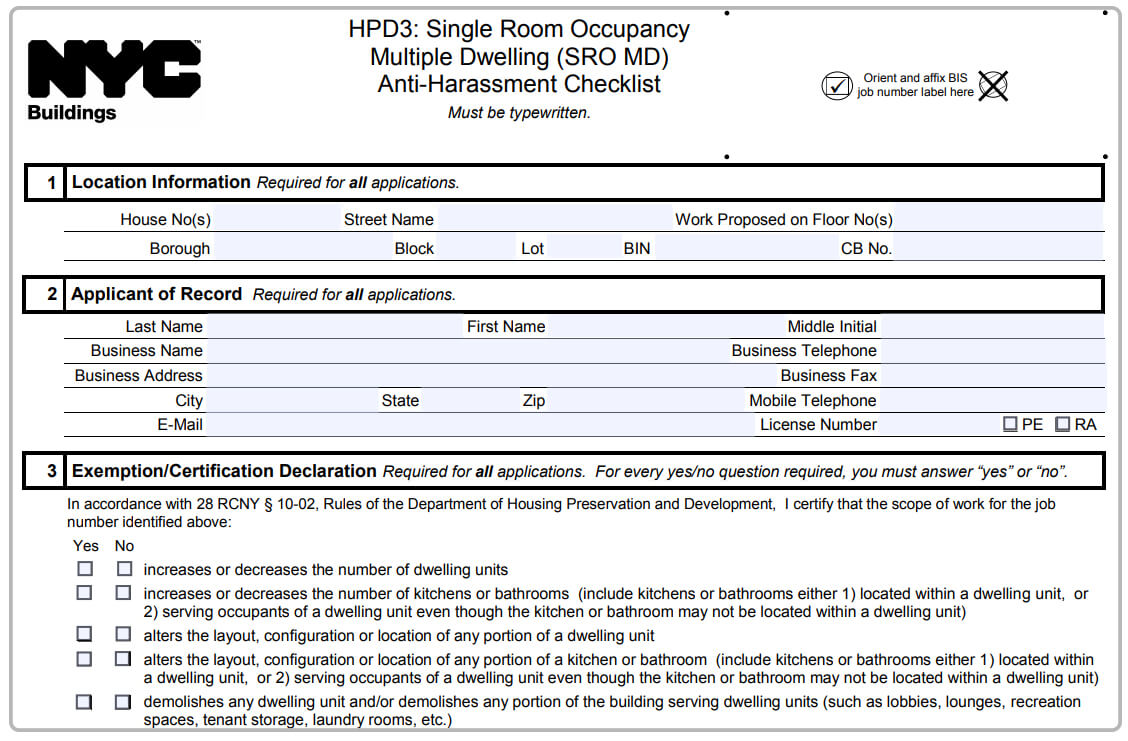
How to know an SRO
Finding out if a property is indeed an SRO can sometimes be trickier than it seems. A title search should reveal any issues. There are several places to look before you get to the title search.
Start by looking up the building’s certificate of occupancy. The certificate of occupancy should reflect the building’s SRO status, but, “if you have an SRO there’s a good possibility you don’t have a C of O,” says Thierry Guye, code consultant and co-owner of Conversano Associates. Furthermore, virtually every building built prior to 1938 that has not had major alterations done typically won’t have a C of O.
But if the building in question was legally converted to a rooming house or SRO, it may have one dating from the first half of the 20th century. But if it doesn’t have one, that doesn’t mean the building doesn’t contain SRO units.
The property profile overview at the DOB may say “SRO restricted,” which indicates it’s an SRO. You can also visit HPD’s website to find out how many “Class B dwelling units” it has. (This is the same classification used for hotels, and in contrast to residential dwelling units, which are Class A.) Even a single Class B dwelling unit gets an entire property tagged as an SRO.
If a townhouse ever had more than five units, that can sometimes be a hint it may contain SRO units. As well, if the floor plan shows what looks like one- or two-room apartments with kitchenettes, that can be a sign to dig deeper.
A code consultant will make this process much less of a headache, and should also be able to check with the DOB and not only determine if you do or do not have an SRO but will also inform you of what the violations of the building are so you can get a clear understanding of what the cost of remedying will be before getting in too deep.
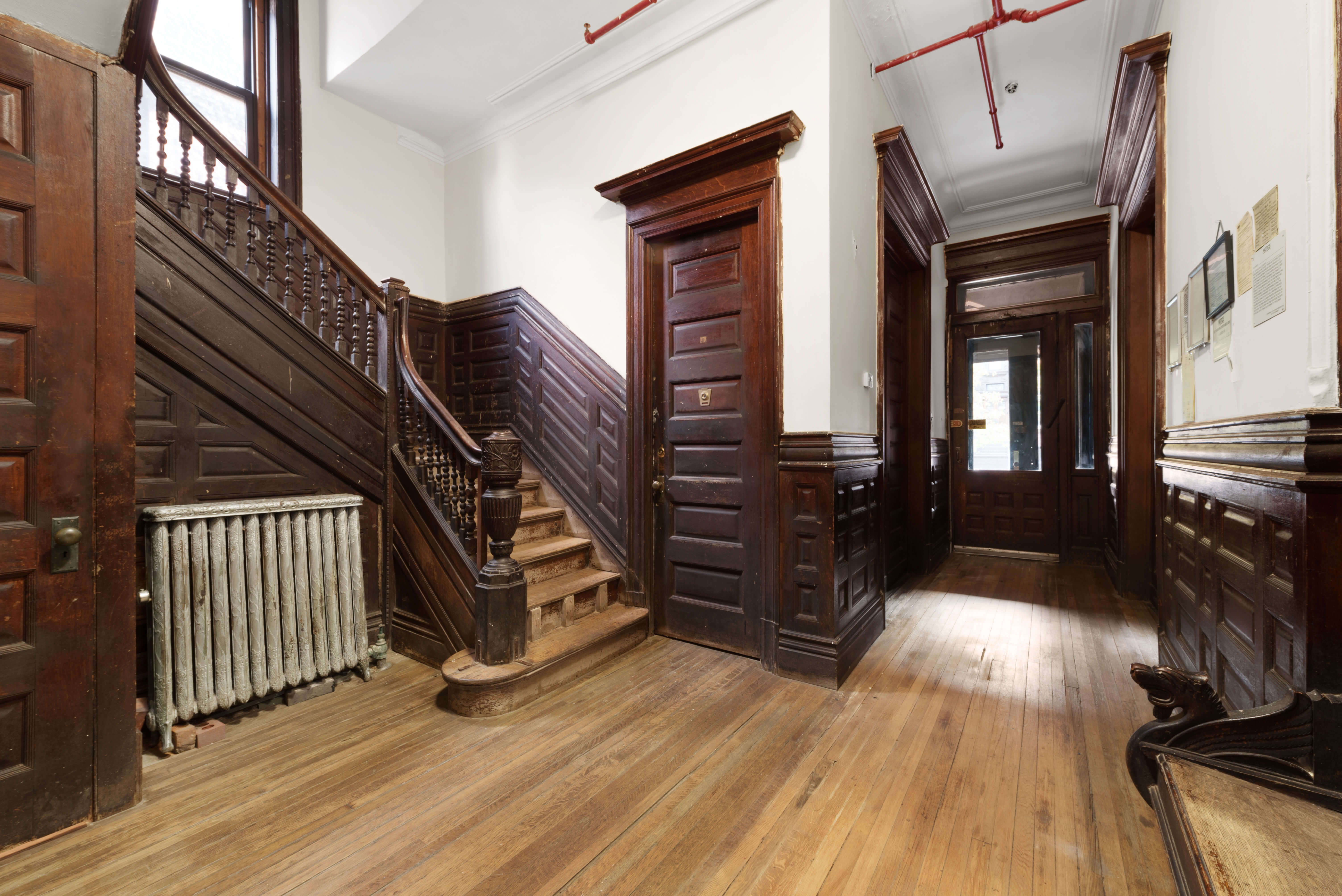
Operating on SRO Time, AKA Certificates of No Harassment
To convert a building and change its occupancy or make certain kinds of renovations, an owner needs to get a certificate of no harassment issued by HPD and signed by tenants to confirm that, per the certificate’s name, they are not being harassed out of the building. Every time there is an incident that results in a denial, the clock sets back three years until the next opportunity to apply for a certificate of no harassment.
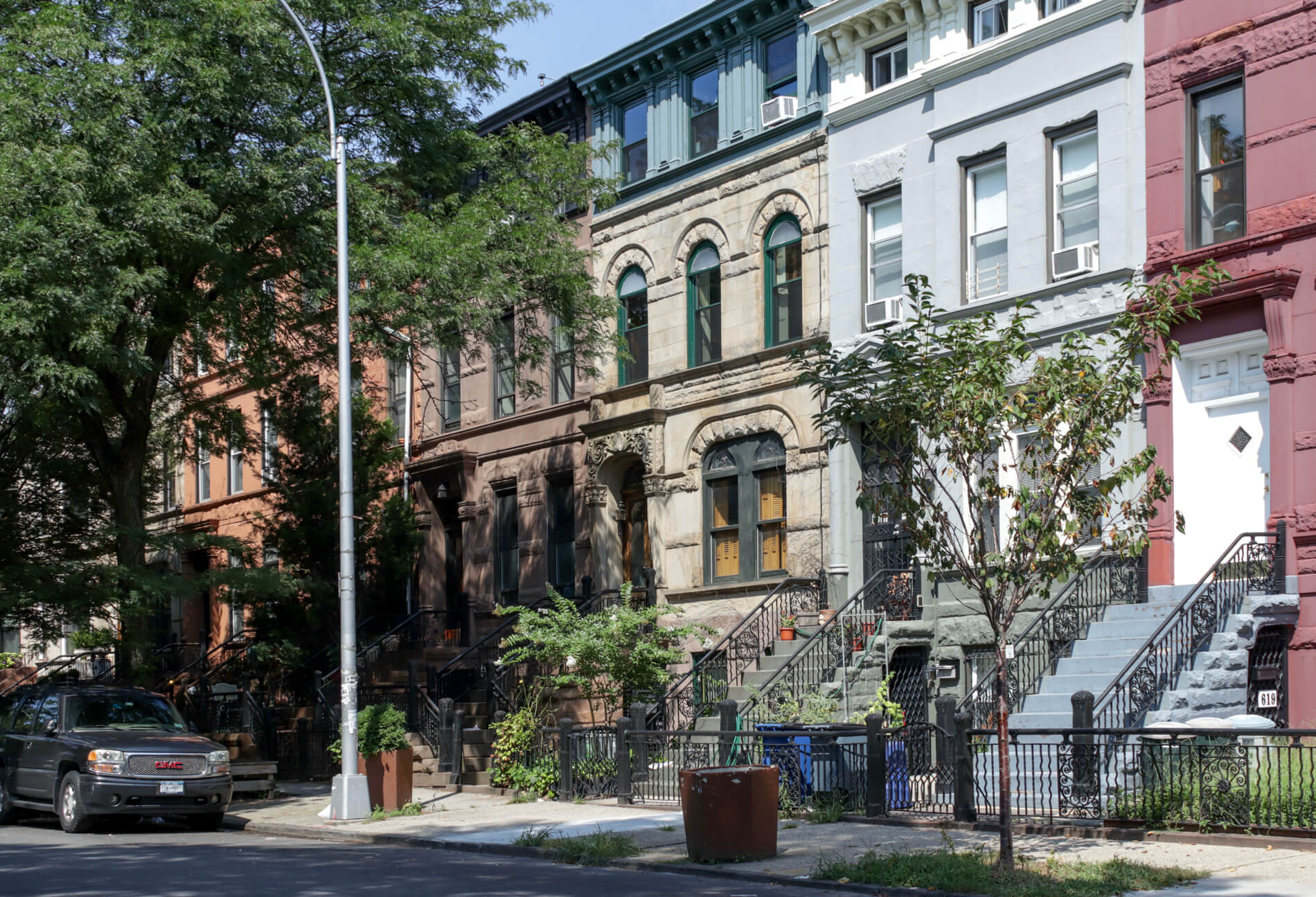
Changing the certificate of occupancy
To change a property from an SRO into a non-SRO, it is necessary to change or get a new certificate of occupancy, which requires an alt-1 permit from the building department. If a building is tagged as an SRO, the buyer will have to fill out the HPD checklist on their application to change the certificate of occupancy.
If the owner has a certificate of no harassment and can proceed, generally speaking it takes about six months to get an alt-1 permit issued and another six months or so to get the new certificate of occupancy, if no physical renovation is required.
That was the case at 1234 Dean Street in Crown Heights. Developer Jonathan Schippers bought it when it was an SRO and completely restored it as a one-family, then sold it as an SRO with a certificate of no harassment. Almost exactly one year later, the new owner obtained a new single-family certificate of occupancy.
One Bed Stuy homeowner, who asked to remain anonymous, had no idea what an SRO was when she bought one, a limestone row house, in 2007. Then she collected the rent. Her single tenant had been living in his studio for half a century, and his rent was less than $100 a month.
“I went in totally not knowing what an SRO was,” she says, “I’m glad there’s not too many people with SROs because they’re quite painful.”
Over $12,000 and a decade later, the building is still an SRO, its certification of no harassment currently in limbo. While she wouldn’t recommend the experience, for those who insist, she strongly recommends making sure a CONH comes with the deed on any SRO property.
Despite the costly headache, though, the integrity of her home makes it hard to regret the purchase. “It’s amazing,” she says, “there’s so much original detail.”
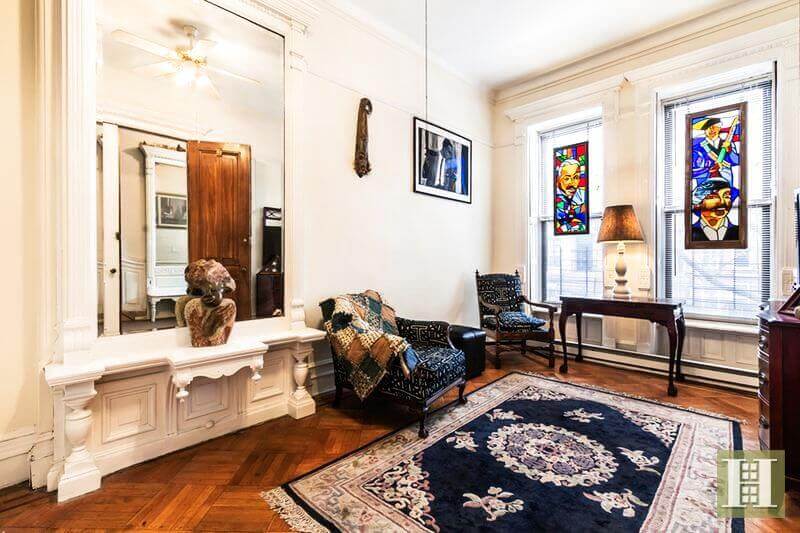
Words of wisdom
SROs are not for the inexperienced or cash strapped. Potential buyers should consider conventional insight before diving in.
“I’ve seen a lot of people walk away from it,” says Guye of SRO buyers, noting it often depends how deep a buyer’s pockets are.
“You have to be very open with everyone you’re talking to about what this is even though it feels like a dirty little secret,” says Jonah Landman, an investor who has bought and sold at least one SRO. “You gotta go straight up and say, I’m looking to purchase this SRO, what are the restraints? You have to just know that it’s an SRO and face that fact with dignity.”
[Photos by Susan De Vries unless noted otherwise]
Related Stories
- What Is a Commercial Property? A Prospective Home Buyer’s Need-to-Know Guide
- Modern Passive House Apartments to Replace Fanciful Victorian and Stable in Crown Heights
- What Is a Rent-Stabilized Apartment?
Email tips@brownstoner.com with further comments, questions or tips. Follow Brownstoner on Twitter and Instagram, and like us on Facebook.


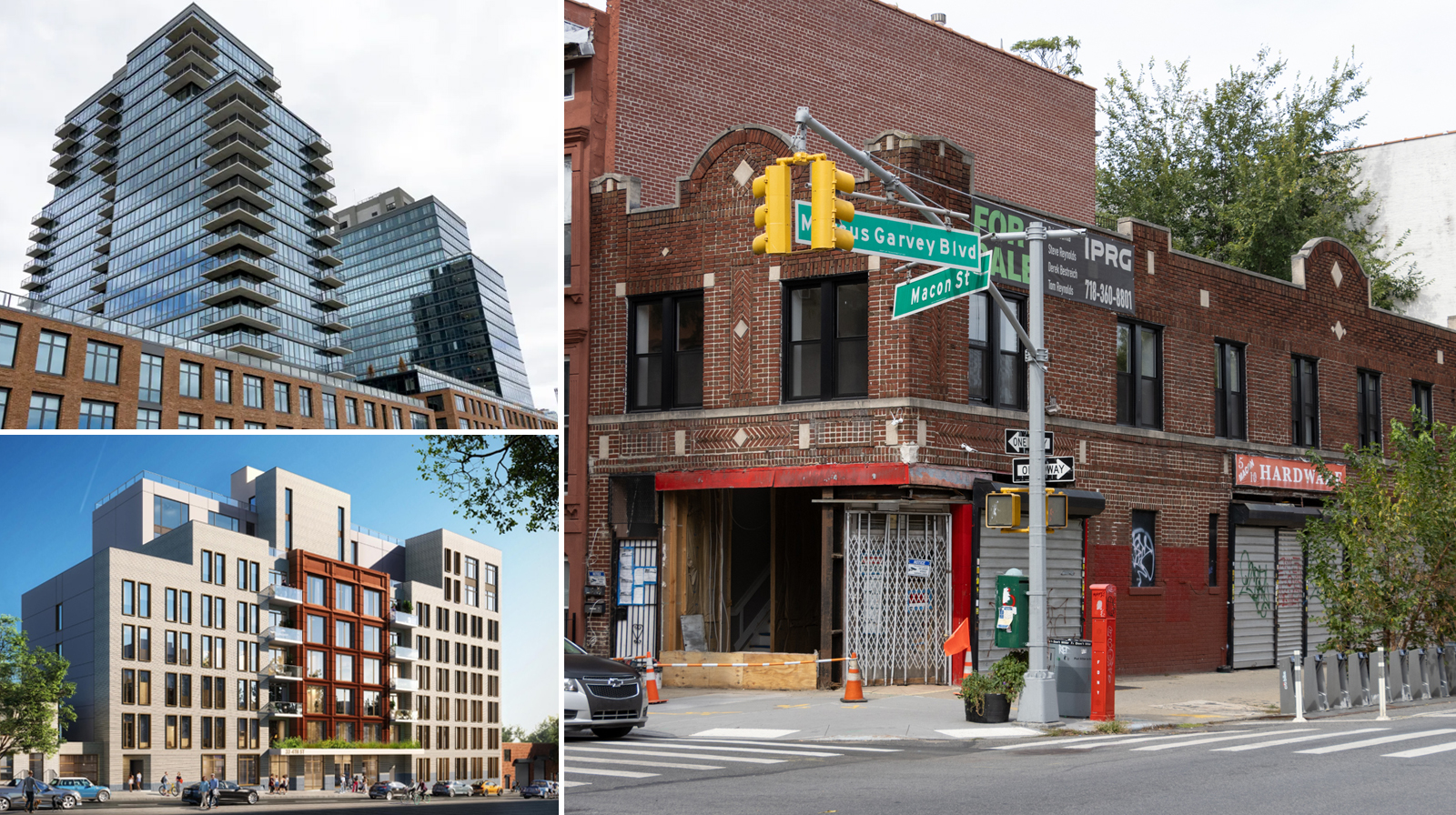

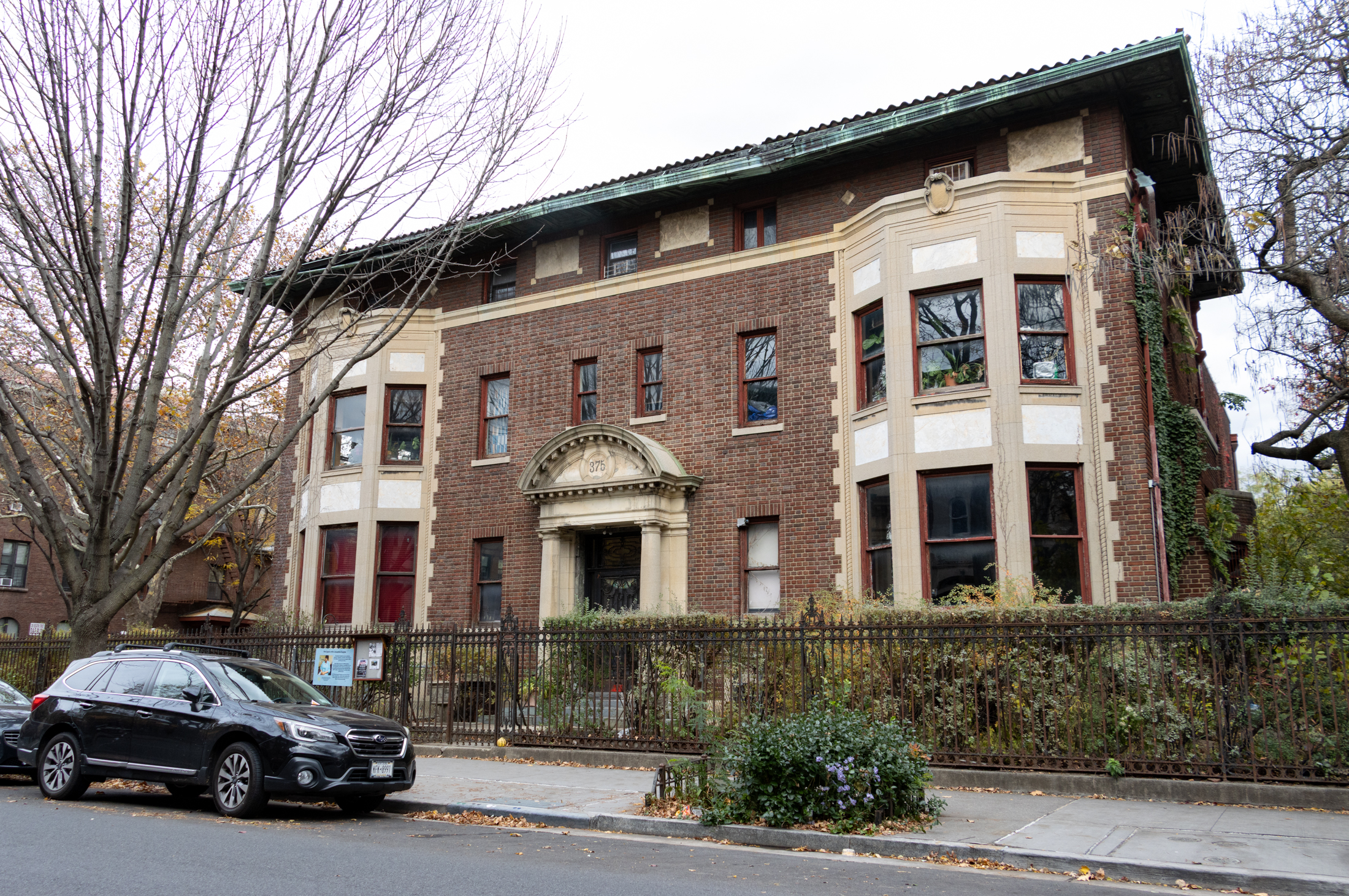
What's Your Take? Leave a Comment